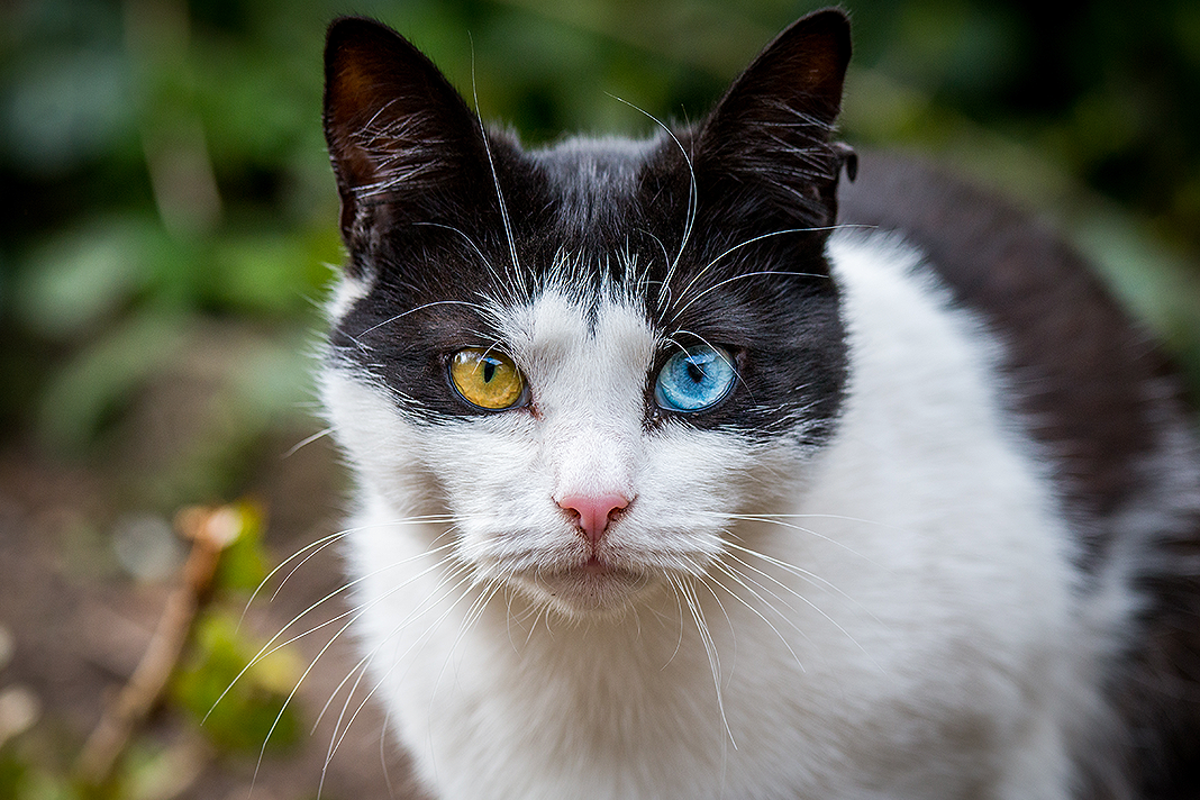Household cats are a secretive species. Unlike dogs, they are masters at masking their feelings and intentions—possibly because of their evolutionary history as solitary hunters. This built-in stoicism makes it hard for cat owners and veterinarians to read signs of pain in a cat’s facial expressions and behaviors, but new artificial intelligence programs may be… Continue reading Cats Can Hide Their Pain–But Not from AI
Category: Quantum Stuff
The Part of the Brain That Controls Movement Also Guides Feelings
In recent decades, neuroscience has seen some stunning advances, and yet a critical part of the brain remains a mystery. I am referring to the cerebellum, so named for the Latin for “little brain,” which is situated like a bun at the back of the brain. This is no small oversight: The cerebellum contains three-quarters… Continue reading The Part of the Brain That Controls Movement Also Guides Feelings
55 Books Scientific American Recommends in 2023
The Scientific American editorial team learned a lot this year. We debated why we’ll never live in space, explored the deep ocean (sort of), and asked how dinosaurs got so big. We also read a ton of books. While of course there were quite a few science fiction books (we can’t help ourselves), we also… Continue reading 55 Books Scientific American Recommends in 2023
Cells Across the Body Talk to Each Other About Aging
Aging can seem like an unregulated process: As time marches along, our cells and bodies inevitably accumulate dings and dents that cause dysfunctions, failures and ultimately death. However, in 1993 a discovery upended that interpretation of events. Researchers found a mutation in a single gene that doubled a worm’s life span; subsequent work showed that… Continue reading Cells Across the Body Talk to Each Other About Aging
Astronomers Spy First Star-Forming Disk beyond the Milky Way
Making stars is a messy business. Although the process takes far longer than any human life span, we’ve sufficiently studied its various stages in stellar nurseries scattered around our galaxy to gain a decent overall grasp of how it works. It starts, in general, with a huge swirling cloud of gas and cosmic dust—like the… Continue reading Astronomers Spy First Star-Forming Disk beyond the Milky Way
Bad Science and Bad Statistics in the Courtroom Convict Innocent People
The city of New York recently witnessed a record payout to George Bell, falsely convicted of murder in 1999, after it emerged prosecutors had deliberately hidden evidence casting doubt on his guilt, giving false statements in court. Bell is the latest in a long line of people, especially Black Americans, unfoundedly convicted. More recently, Jabar… Continue reading Bad Science and Bad Statistics in the Courtroom Convict Innocent People
How to Choose an Environmentally Friendly Christmas Tree
The following essay is reprinted with permission from The Conversation, an online publication covering the latest research. Every year, Americans buy somewhere between 35 million and 50 million Christmas trees, and many more pull an artificial tree out of storage for the season. In all, about three-quarters of U.S. households typically have some kind of Christmas… Continue reading How to Choose an Environmentally Friendly Christmas Tree
‘Magical’ Error Correction Scheme Proved Inherently Inefficient
Unfortunately, the Reed-Muller code has a serious drawback: The number of bits required to encode a message increases exponentially with the number of variables. If you want a highly local code that corrects errors with just a handful of queries, you’ll need a lot of variables for long messages, and the Reed-Muller code will quickly… Continue reading ‘Magical’ Error Correction Scheme Proved Inherently Inefficient
Thunderstorm Damage Keeps Rising
December 8, 2023 2 min read Increasingly frequent thunderstorms caused insurers to pay $60 billion in claims in 2023 By Thomas Frank & E&E News Lightning strikes over Albuquerque, New Mexico. CLIMATEWIRE | Despite a small number of weather catastrophes this year, property insurers are facing huge losses and weak finances, partly from climate change, according… Continue reading Thunderstorm Damage Keeps Rising
New Kind of Magnetism Spotted in an Engineered Material
All the magnets you have ever interacted with, such as the tchotchkes stuck to your refrigerator door, are magnetic for the same reason. But what if there were another, stranger way to make a material magnetic? In 1966, the Japanese physicist Yosuke Nagaoka conceived of a type of magnetism produced by a seemingly unnatural dance… Continue reading New Kind of Magnetism Spotted in an Engineered Material





